Tokyo on Foot: Hidden Shinagawa
Shinagawa is a deceptive suburb. An urban commuter hub and entertainment area, it is also home to the Prince Hotel complexes and many apartment blocks. Hidden in and around these areas are some interesting temples which have a place in the story of the development Japan.
The main crossing at the west exit of Shinagawa station is always frightfully busy, so a good morning’s walk starts by leaving it behind and heading north to much more peaceful surroundings. Ignore the complex of the three Prince hotels on your left for the time being—we will come back to it at the end of the walk—and press on several blocks along Sakurada Dori. Turn left at an overhead pedestrian bridge with a sign for the Daiichikeihan on it. Instantly the traffic is left behind and a pleasant suburban street opens up ahead. At the end of the street is the Tozenji temple.
Slip in under the gates and be transported to another time where tranquility and serenity envelop you. Cool lush gardens are soothing on both the warmest of days and on wet, colder ones. This is a small compound which somehow just feels different. The temple, side buildings, temple bell and gardens have a formality and restraint that seems different. It comes as no surprise to find out that this temple was the site of the first British Consulate in Japan. It is perfect for a few minutes’ contemplation before heading back to the main road and the original route to the left.
Whilst contemplating the elegance of the temple behind you, each step takes you closer to what in days gone by would have been the shoreline of Tokyo Bay. All the land to your right is reclaimed, and the waves did at one time crash right where you are walking. Soon a small commemorative garden to the founding of the district as a goods and cargo wharf and a staging area for oxen and wagons appears at the intersection. Here the ward office has erected an information board in English and Japanese with copies of ukiyo-e prints representing the views of the former beach and busy port area.
Continue straight ahead for three blocks and take the road on the left. This is clearly labelled as the Sengakuji subway exit. Half way up the slope is the second of three major temples on this walk. The Sengakuji Temple could not be more different from Tozenji. It is here that the famous 47 ronin of Japanese legend and 20th century film fame are memorialized. This is a popular destination for foreign tourists and Japanese bus groups. It is the resting place of these loyal retainers whose actions are so revered by their countrymen. It is a busy and businesslike place, but certainly worth a quick visit. It is also, in December of each year, the temple in which those with vengeance on their mind come to pray.
Back at the main road the gradient of the slope increases, taking you up past a grand white building and on to the top of Isarago Zaka. A short detour of 150 meters to the right is Mitadai Park, which is home to a recreated Jomon period house with a diorama of a domestic scene inside, and a cross section of a prehistoric midden outside.
Doubling back to the Isarago crossing, follow the road straight ahead. Small temples with distinctly quaint temple dogs are on both sides of this road, as are a couple of small antique shops and resale stores. Other eclectic shops sit mainly on the right hand side of the street. One of the most intriguing is Baker Street 221B, a restaurant and bar opened from 7 p.m. to 3 a.m. Monday to Friday. A temptation for another time perhaps.
The landmark features of the Shinagawa fire station should now be in view. This European style building was constructed in 1933 and is still in use as the home of the local fire brigade. Across the road is the local police station and next to it is our third temple, Kofukuji.
Kofukuji Temple is set in large grounds and is home to a ghost story involving a mother and child who would visit local candy stores before disappearing behind a particular Jizo statue in the temple precinct. A priest was able to placate the wandering mother and child with offerings and prayers, and now the temple has become a place of worship for mothers and children and has many interesting statues, jizo and arhats on display.
Leaving the temple behind, you will begin the slow descent around the back of the Prince hotels. Following the road around and down, Shinagawa station comes back into view. If you are interested in taking in some lovely garden views there is a pretty garden in between the three main hotels on your left. However at the end of the street is the Takanawa Wing Shopping Plaza and restaurant arcade, where a well deserved Thai lunch may be had, as well as a little shopping in the hotel gift shops.
All in all this walk will be approximately nine kilometers and take you through several centuries of history and culture.

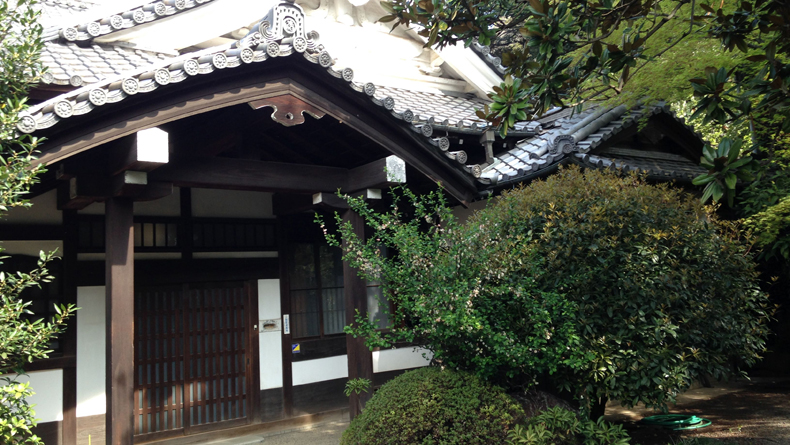
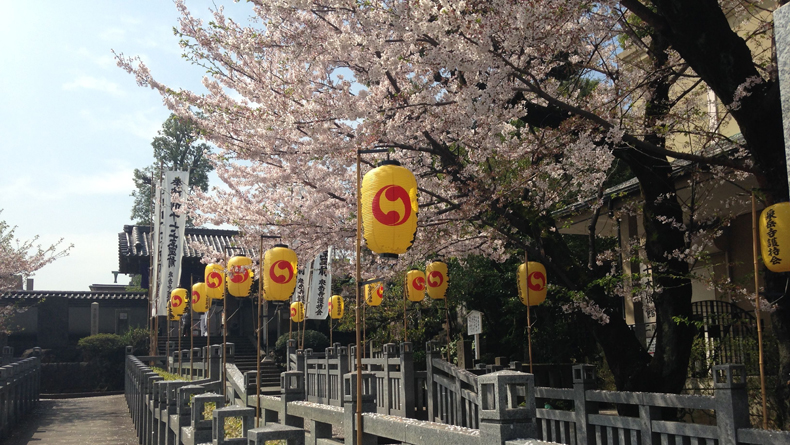
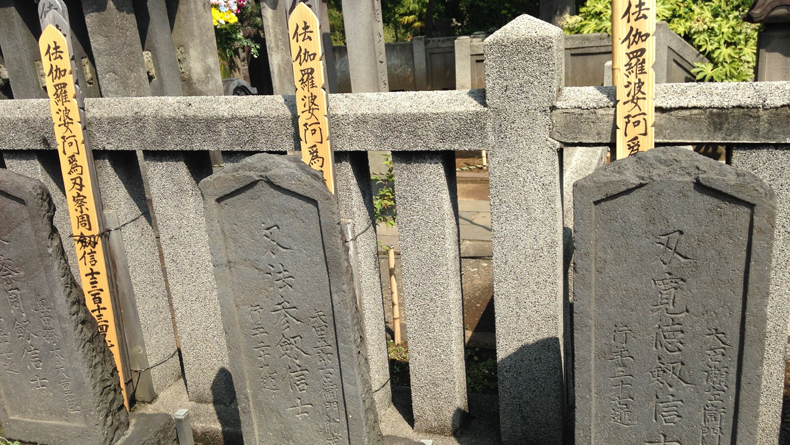
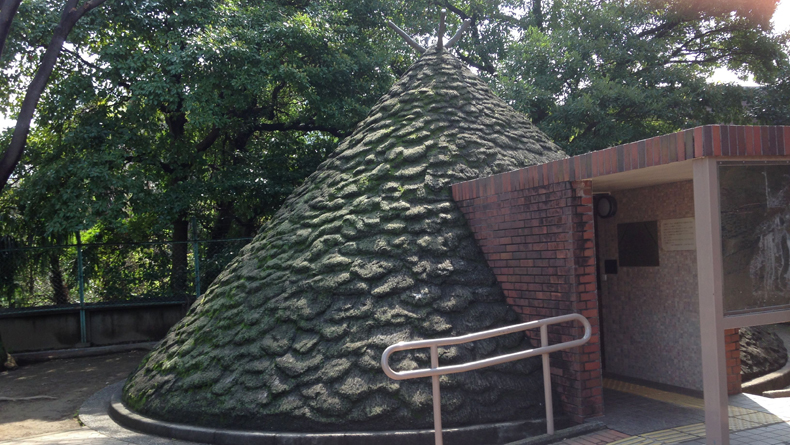



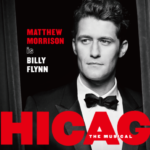
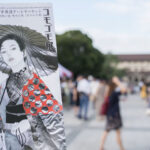







Leave a Reply